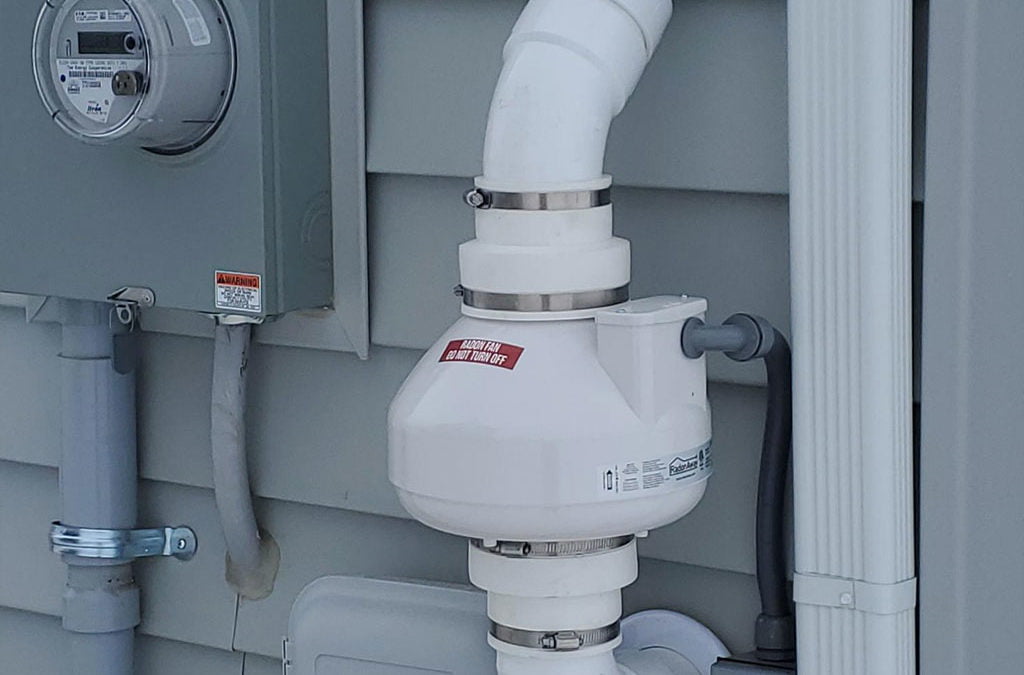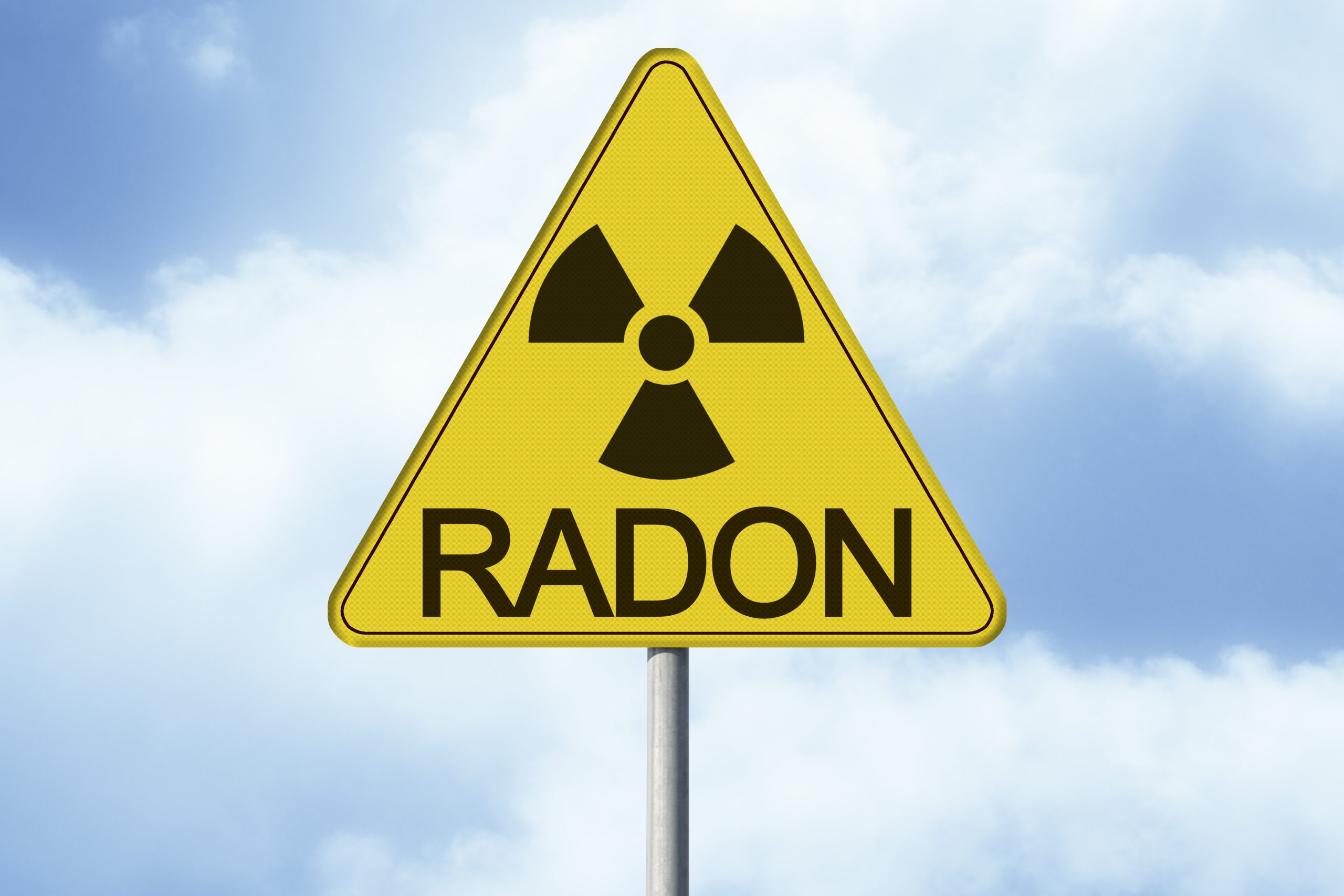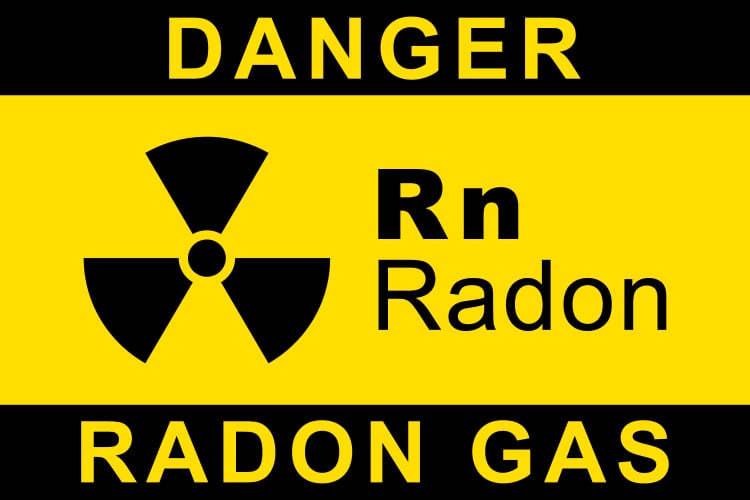Radon, an odorless, colorless, and radioactive gas, is a significant health concern for homeowners. It is the leading cause of lung cancer among non-smokers, making it essential to address radon exposure in residential environments. Radon mitigation systems are designed to reduce radon levels, ensuring a safe and healthy living space.
This article explores radon mitigation systems, their effectiveness, and the steps required to maintain them.
Table of Contents
Understanding Radon and Its Health Risks
Radon is a naturally occurring radioactive gas produced by the decay of uranium in soil, rocks, and water. It can seep into homes through cracks in the foundation, walls, and floors, accumulating to potentially harmful levels.
The EPA states that radon levels above 4 picocuries per liter (pCi/L) pose a significant health risk.
Long-term exposure to high radon concentrations increases the risk of lung cancer, making it crucial to address radon exposure in residential settings.
According to the Surgeon General’s Call to Action on Radon, radon exposure is responsible for an estimated 21,000 lung cancer deaths in the United States each year.
How Radon Mitigation Systems Work
Radon mitigation systems are designed to reduce radon levels in homes by expelling the gas outside.
These systems typically consist of a fan, piping, and a venting system that draws radon from beneath the home and vents it above the roofline, ensuring that radon concentrations are significantly reduced.
There are several types of radon mitigation systems, including:
- Active soil depressurization (ASD) systems: These systems use a fan to draw radon from beneath the home through a pipe and vent it outside.
- Passive soil depressurization (PSD) systems: These systems rely on natural pressure differentials to draw radon from beneath the home and vent it outside.
- Sub-slab depressurization (SSD) systems: These systems are installed beneath the home’s concrete slab and use a fan to draw radon from beneath the slab and vent it outside.
- Drain tile depressurization (DSD) systems: These systems are installed in homes with drain tile systems and use a fan to draw radon from the drain tiles and vent it outside.
- Crawl space depressurization (CSD) systems: These systems are installed in homes with crawl spaces and use a fan to draw the radon from the crawl space and vent it outside.
The Effectiveness of Radon Mitigation Systems
Radon mitigation systems have been proven to effectively reduce radon levels in homes. According to a study by the Environmental Protection Agency (EPA), radon mitigation systems can reduce radon levels by up to 99%.
Another study by the National Radon Safety Board (NRSB) found that radon mitigation systems can reduce radon levels by 94% to 97%. These statistics demonstrate the significant impact radon mitigation systems have on reducing radon concentrations and mitigating health risks.
The Benefits of Radon Mitigation Systems
The primary benefit of radon mitigation systems is their ability to lower the risk of lung cancer by transforming radon-contaminated homes into safe living environments.
In addition to reducing health risks, radon mitigation systems also provide peace of mind for homeowners, ensuring that their homes are safe and healthy for their families.
Maintaining Radon Mitigation Systems
To ensure that radon mitigation systems continue to function effectively, it is essential to perform regular maintenance.
This includes monitoring radon levels short-term and long-term after installation, cleaning the system regularly, and consulting a professional radon contractor for inspections and guidance.
Short-term and Long-term Radon Monitoring
Short-term radon monitoring involves using a radon detector for a few days to measure radon levels. This is an effective way to determine if the radon mitigation system is working correctly and if any adjustments are necessary.
Long-term radon monitoring involves using a radon detector for several months to measure radon levels over time, providing a more accurate representation of radon concentrations in the home.
The EPA recommends performing short-term radon testing every two years and long-term radon testing every five years.
This ensures that radon levels are consistently monitored and that any necessary adjustments to the radon mitigation system can be made promptly.
Cleaning and Inspecting Radon Mitigation Systems
Regular cleaning and inspection of radon mitigation systems are essential to ensure their continued effectiveness.
This includes cleaning the fan, piping, and venting system, checking for any leaks or damage, and ensuring that the system is functioning correctly.
The EPA recommends inspecting radon mitigation systems annually to ensure that they are functioning correctly and that radon levels are consistently low.
This includes checking the fan, piping, and venting system for any signs of damage or wear, ensuring that the system is properly sealed, and checking that the fan is functioning correctly.
Consulting a Professional Radon Contractor
Consulting a professional radon contractor is essential for ensuring that the radon mitigation system is installed correctly and functioning effectively. These professionals can provide guidance on the best system for your home, perform inspections, and provide maintenance services to ensure that the system continues to reduce radon levels.
When selecting a professional radon contractor, it is essential to choose a certified and experienced contractor. The National Radon Safety Board (NRSB) and the American Association of Radon Scientists and Technologists (AARST) offer certification programs for radon professionals, ensuring that they have the necessary knowledge and experience to install and maintain radon mitigation systems.
Conclusion
Radon mitigation systems play a crucial role in safeguarding health by effectively reducing radon concentrations, minimizing health risks, and providing peace of mind for homeowners.
By understanding the importance of radon mitigation systems, maintaining them through regular cleaning and inspection, and consulting a professional radon contractor, homeowners can ensure that their homes are safe and healthy environments for their families.





